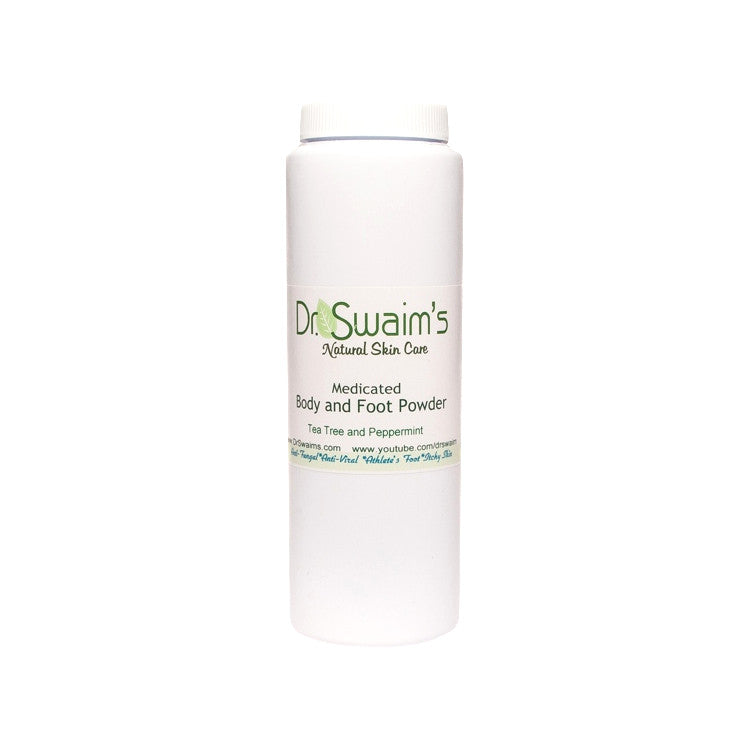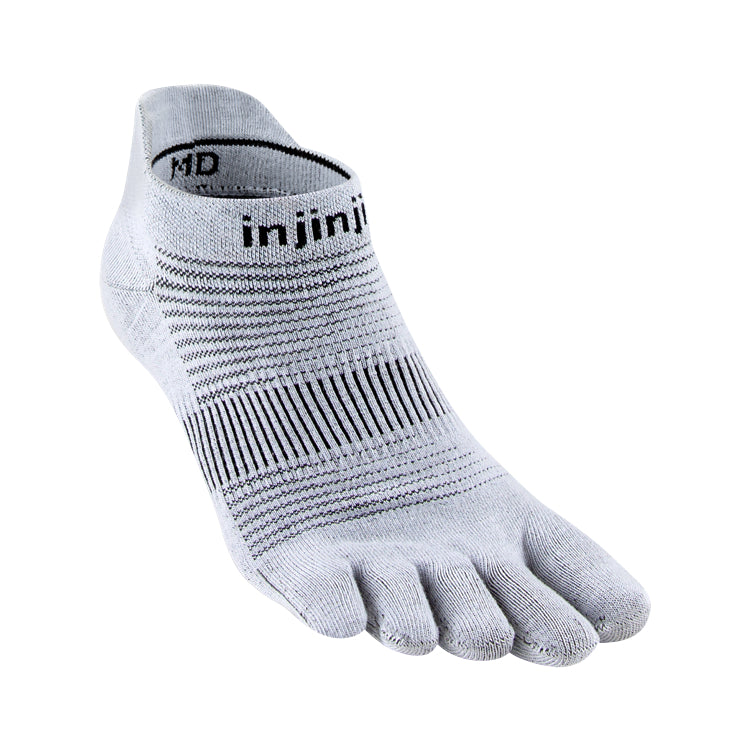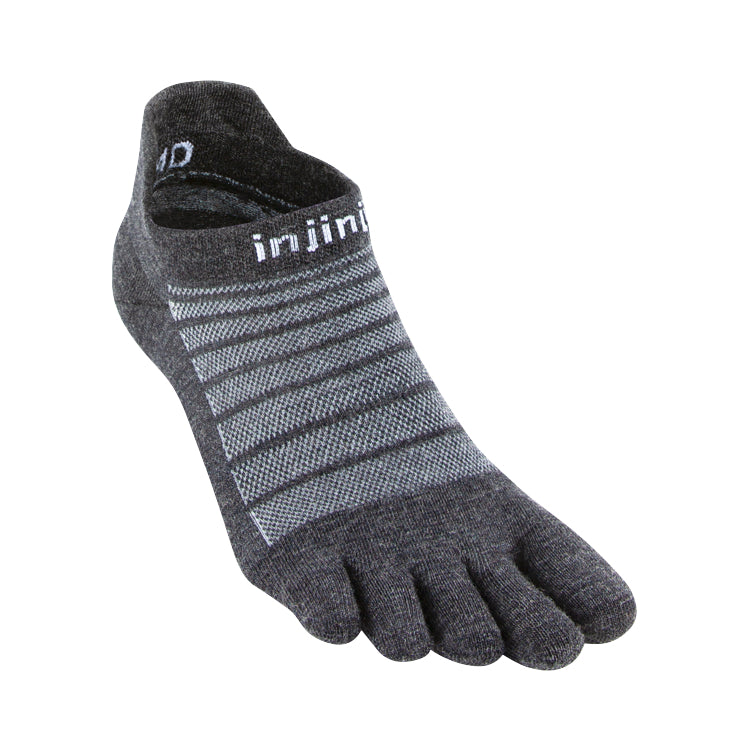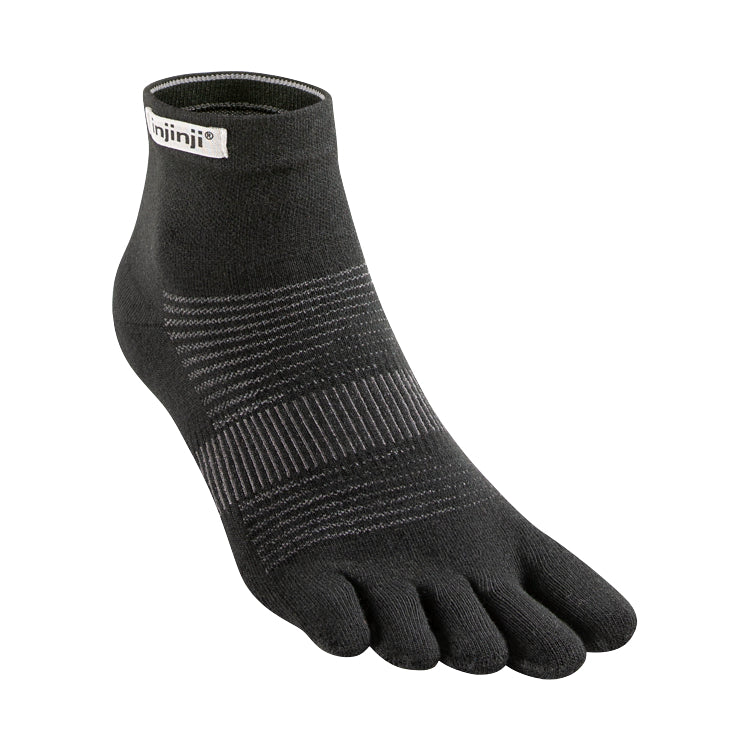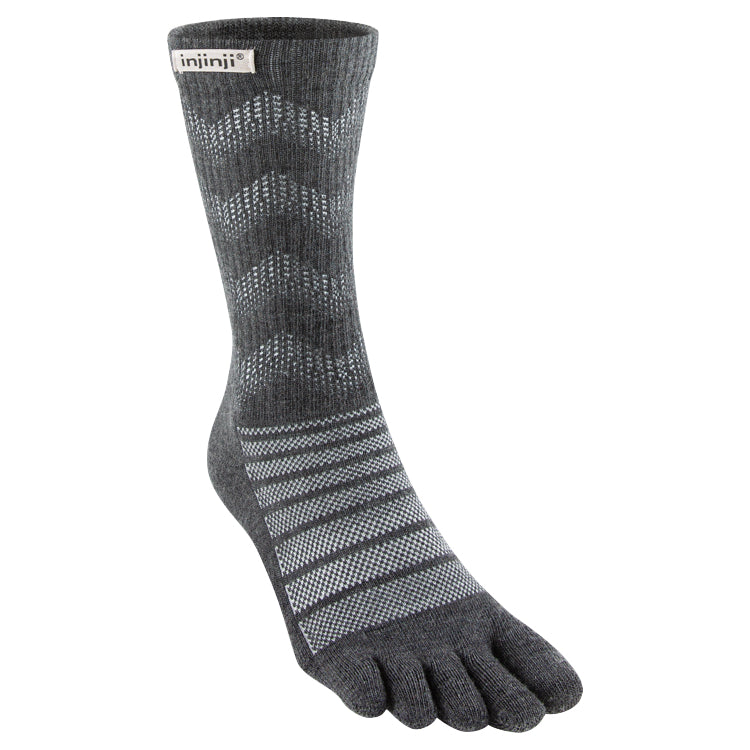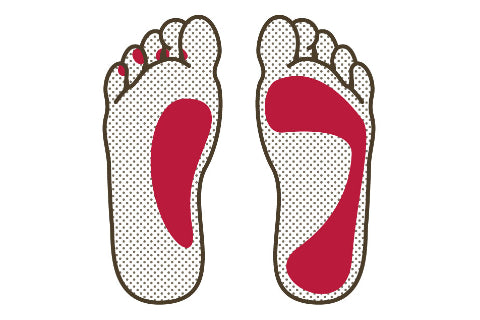
Several factors may cause or contribute to foot and toenail fungus, including conventional footwear, decreased immune function and circulation, and trauma. Fungal toenail infections, also called onychomycosis, are common in adults and typically follow fungal infections of the feet. Fungal foot and nail infections can be difficult to treat and may recur even after successful treatment. Here are some additional details about the three factors mentioned above that may cause or contribute to fungal infections of the foot and toenails:
Conventional Footwear
Conventional footwear can encourage the growth and proliferation of foot and toenail fungus. Foot and toenail fungus, including athlete’s foot, is commonly seen in people who wear constrictive shoes or boots that jam the toes together and allow the foot to become hot and sweaty. If you’re an athlete, you may be particularly susceptible to fungal infections, due to the accumulated sweat on your feet and in your shoes. Foot and toenail fungus thrives in the warm, moist, and dark environments of conventional footwear, but sandals and other open-toe shoes expose foot and toenail fungus to lethal ultraviolet rays. If you live in an environment that precludes the wearing of sandals during certain parts of the year, you should consider keeping several sets of dry socks on hand and periodically changing your socks when the first signs of moisture arise. Some sock models, including Injinji toe socks, are made of a synthetic material or wool that helps wick moisture away from your skin, inhibiting fungal skin invasions.
Decreased Immune Function and Circulation
Foot and toenail fungus are more likely to occur in people who have decreased immune function or lower extremity circulation problems, such as those with HIV/AIDS and diabetes or peripheral arterial disease, respectively. Having diabetes, circulation problems, or a weakened immune system significantly increases your risk for foot and toenail fungus. HIV infection weakens the immune system, making a person susceptible to bacterial, viral, parasitic, and fungal infections. Diabetes progression causes diminished blood flow to the feet and toes, which creates an optimal situation for fungus to thrive, as the body's immune system has a more difficult time detecting and eliminating the infection. Both circulation and immune function may diminish with age, and nail fungus is more common in older adults as a result. Along with diminished circulation and immune function, more years of fungi exposure may help explain its greater prevalence in older adults.
Trauma
Toenail trauma, especially repeated trauma, may contribute to toenail fungus. Athletes and people who wear tight-fitting shoes, or individuals who wear tight hosiery, can easily suffer toenail trauma and are at a higher risk for onychomycosis. Repetitive stops and starts, kicking, and other athletic activities (especially in athletes who wear shoes with tapering toe boxes), can cause significant nail damage. A fungal infection of the toenail occurs when microscopic fungi invade through a cut or break in the nail due to trauma. Once a fungal infection occurs in your toenails, it may contribute to further problems, such as ingrown toenails. Also, diabetics suffering from decreased foot sensation are more likely to experience toenail trauma that damages the nail and creates portals of entry for toenail fungus.
Conclusion
Once established, foot and toenail fungus can be difficult health problems to treat. Consider scheduling an appointment with a naturally-minded foot care professional in your area to get a better sense of the treatment options available to you.

WANT TO IMPROVE YOUR FOOT HEALTH?
Let the team at Natural Footgear help you! Subscribe to our newsletter for the latest offers and helpful info, and sign up for our FREE email courses on various topics and foot health conditions.
Sign Up →
Want to Improve Your Foot Health?
We are here to help you every step of the way. Get our newsletter for the latest offers and helpful info, and sign up for our FREE email courses on various topics and conditions, including bunions, hammertoes, neuromas, plantar fasciosis, shin splints, ingrown toenails, and more.
Sign Up →
 Toenail fungus, also known as onychomycosis, occurs when fungi invade the toe’s nail bed and other structures. Toenail fungus can be difficult to treat, and some infections may require the use of anti-fungal medicines. Fungi, including the fungi that invade the toenails, thrive in moist, dark, and humid environments—common conditions found in many types of footwear. People of all ages may develop this health problem, though toenail fungus is most...
Read more
Toenail fungus, also known as onychomycosis, occurs when fungi invade the toe’s nail bed and other structures. Toenail fungus can be difficult to treat, and some infections may require the use of anti-fungal medicines. Fungi, including the fungi that invade the toenails, thrive in moist, dark, and humid environments—common conditions found in many types of footwear. People of all ages may develop this health problem, though toenail fungus is most...
Read more




